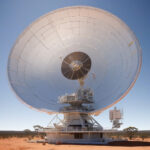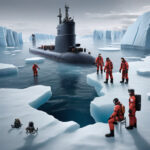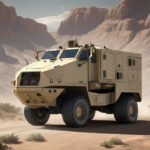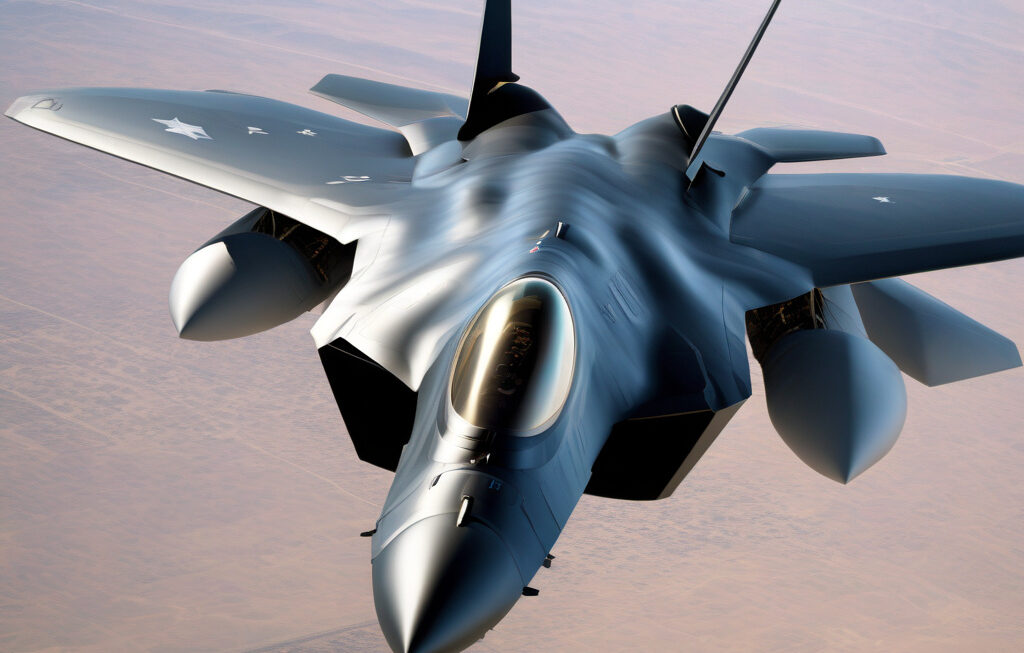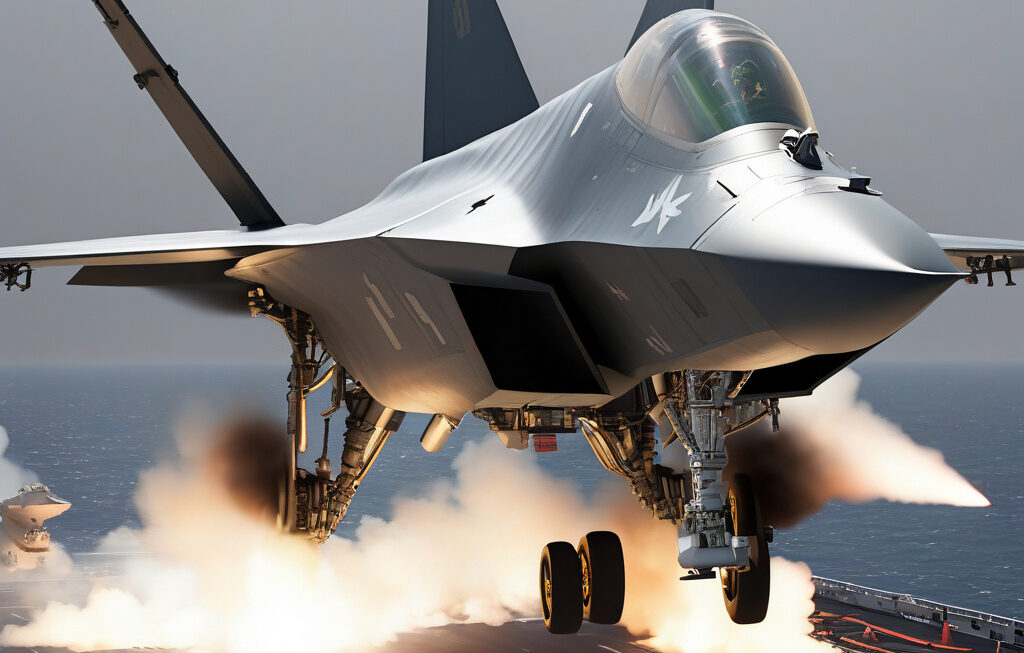Black Hawk Down, Valor Up – But How Does It Compare to the Osprey?
“Front Lines,” Christopher McFadden’s column, examines warfare past, present, and future. McFadden analyzes cutting-edge military technology, tactics, and strategies that shape the battlefield of today and tomorrow. In recent years, two iconic aircraft have dominated discussions in military circles – the Black Hawk helicopter and the Osprey tiltrotor aircraft. Both these aircraft have revolutionized air assault operations, providing troops with unparalleled mobility, firepower, and survivability on the battlefield.
The Black Hawk helicopter, made famous by its critical role in Operation Gothic Serpent in Somalia in 1993 (depicted in the book and movie “Black Hawk Down”), has been a mainstay in the US military for decades. Its versatility, reliability, and agility have made it the workhorse of air assault missions worldwide. With the ability to transport troops, weapons, and supplies in and out of the most hostile environments, the Black Hawk has proven its worth time and time again.
On the other hand, the Osprey tiltrotor aircraft represents a leap forward in military aviation technology. By combining the vertical takeoff and landing capabilities of a helicopter with the speed and range of a fixed-wing aircraft, the Osprey offers unparalleled flexibility on the battlefield. Its unique design allows for rapid troop deployment, medical evacuations, and logistical support in diverse and challenging environments.
When comparing the Black Hawk and the Osprey, several key factors come into play. The Black Hawk, with its smaller footprint and simpler mechanics, excels in urban environments and confined spaces where landing zones may be limited. Its ability to hover and maneuver with precision makes it well-suited for close air support and medevac missions in complex terrain.
Conversely, the Osprey’s speed, range, and payload capacity make it ideal for long-range missions and operations in contested airspace. Its cruising speed of over 300 miles per hour allows for rapid insertion and extraction of troops, giving commanders greater flexibility in executing their missions. Additionally, the Osprey’s ability to convert quickly from vertical to horizontal flight mode enables it to operate from a wider range of locations, including amphibious assault ships and forward operating bases.
In terms of survivability and protection, both aircraft have undergone extensive upgrades and enhancements to improve crew safety and mission effectiveness. The Black Hawk features advanced armor plating, redundant systems, and crash-resistant fuel tanks to enhance crew survivability in combat situations. The Osprey, with its integrated electronic warfare suite, terrain-following radar, and ballistic protection, offers enhanced survivability in high-threat environments.
Ultimately, the choice between the Black Hawk and the Osprey depends on the specific mission requirements and operational environment. For missions that require agility, precision, and versatility in confined spaces, the Black Hawk remains a top choice for air assault operations. However, for long-range missions, rapid troop deployment, and operations in contested environments, the Osprey offers a distinct advantage with its speed, range, and flexibility.
As military technology continues to evolve, both the Black Hawk and the Osprey will play integral roles in shaping the future of air assault operations. Whether conducting humanitarian missions, special operations, or combat missions, these aircraft represent the pinnacle of innovation and excellence in military aviation.
#BlackHawk, #Osprey, #MilitaryTechnology, #AirAssault, #CombatAircraft

